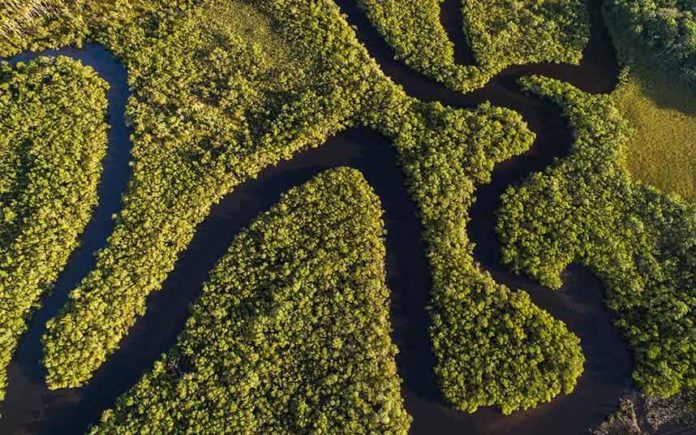In a new study led by more than 30 institutions around the world, scientists assessed the impact of global warming on thousands of tree species across the Amazon.
For this study, scientists used long-term records from the Amazon Forest Inventory Network (RAINFOR) to track the lives of individual trees across the Amazon region.
Their outcomes demonstrated that since the 1980s, the impacts of worldwide natural change – stronger droughts, expanded temperatures, and larger amounts of carbon dioxide in the climate – have gradually affected particular tree species’ development and mortality.
Specifically, the examination found the most moisture-loving tree species are kicking the bucket more regularly than different species, and those suited to drier atmospheres were not able supplant them.
Lead author Dr Adriane Esquivel Muelbert, from the School of Geography at Leeds, said: “The ecosystem’s response is lagging behind the rate of climate change. The data showed us that the droughts that hit the Amazon basin in the last few decades had serious consequences for the make-up of the forest, with higher mortality in tree species most vulnerable to droughts and not enough compensatory growth in species better equipped to survive drier conditions.”
Lecturer in Environmental Science Dr. Sophie Fauset said, “Because tropical forest trees have such long lifespans – decades if not hundreds of years – it takes a very long time for species composition to respond to environmental changes. The results suggest species composition in the Amazon is responding to increasingly intense dry seasons, but not as fast as the climate is changing.”
Scientists also found that bigger trees – predominantly canopy species in the upper levels of the forests – are outcompeting smaller plants. This means, the canopy species would be environmental change ‘winners’ as they profit by expanded carbon dioxide, which can enable them to develop all the more rapidly.
Moreover, it suggests that higher carbon dioxide concentrations also have a direct impact on rainforest composition and forest dynamics – the way forests grow, die and change.
Study co-author Oliver Phillips, Professor of Tropical Ecology at Leeds and founder of the RAINFOR network, said: “The increase in some pioneer trees, such as the extremely fast growing Cecropia, is consistent with the observed changes in forest dynamics, which may also ultimately be driven by increased carbon dioxide levels.”
Co-author Dr Kyle Dexter, from the University of Edinburgh, added: “The impact of climate change on forest communities has important consequences for rainforest biodiversity. The species most vulnerable to droughts are doubly at risk, as they are typically the ones restricted to fewer locations in the heart of the Amazon, which make them more likely to be extinct if this process continues.”
“Our findings highlight the need for strict measures to protect existing intact rainforests. Deforestation for agriculture and livestock is known to intensify the droughts in this region, which is exacerbating the effects already being caused by global climate change.”
